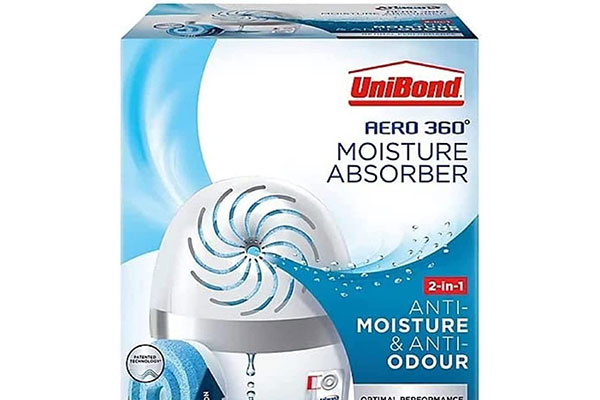The amount of water a dehumidifier collects depends on several factors, including its capacity, the humidity level, the room size, and the temperature. Here are general estimates:
- In an hour: A standard home dehumidifier might collect 0.2–0.5 liters per hour in moderately humid conditions. High-capacity models in very humid environments can collect 1 liter or more per hour.
- In a day (24 hours):
- A small dehumidifier (10–20 pints/day) might collect 4–9 liters in a day.
- A medium-capacity dehumidifier (30–50 pints/day) can collect 12–20 liters.
- A large-capacity dehumidifier (70+ pints/day) can collect up to 30 liters or more in extremely humid conditions.
Note:
- If a dehumidifier is collecting much less, it could indicate low humidity levels, a small space, or a possible malfunction.
- Use the manufacturer’s specifications for accurate expectations.
When buying a dehumidifier, you should choose one that suits the size of your house. A smaller low-power model designed for a two-bedroomed home will struggle to keep humidity levels at optimal levels in a three or four-bedroomed house.
How much water a dehumidifier will be able to collect in a day will depend on the humidity levels in your home, the size and power level of your dehumidifier, and the capacity of the machine’s water basin.
The higher the moisture levels in the air in your home, the more water will be collected by your dehumidifier.
Check dehumidifier spec to find out how much water it can collect per day and what size of the tank it has.
Why Do Dehumidifiers Collect Water?
Moisture droplets circulating in the air are tiny and weigh very little. Dehumidifiers pull the moisture from the air and pass it over a refrigerated surface within the machine, causing it to condensate and form larger water droplets. The water is collected inside the water basin, preventing it from being redispersed back into the air.
How does a Dehumidifier Collect Water?
The heavier water droplets will then drip down from the condensing plate and be collected in the water basin of the dehumidifier. The water basin will gradually fill up and can then be emptied down the drain. However, you can buy dehumidifiers with self-draining attachments where you fit a drainage pipe that feeds into a drain, meaning you don’t have to empty the dehumidifier by hand physically.
What happens if my water basin overflows?
Modern dehumidifiers have built-in automatic shut-off technology to help prevent the risk of the water basin from overflowing. Once the water basin fills up to capacity, the machine will shut off and stop drawing moisture from the air until the tank is again emptied.
How Long Does it Take for a Dehumidifier to Start Collecting Water?
Your dehumidifier will start working and pulling moisture from the air as soon as you switch it on.
What if my dehumidifier isn’t collecting water?
If you notice that there is no water being collected in the machine’s water basin, you may have a defective dehumidifier, or you may not have a problem with excess moisture in the air in your home. Find out more about possible problems here.
When will my dehumidifier stop collecting water?
As soon as your water collection basin is full, your dehumidifier will automatically switch off and stop collecting water. This will prevent your water basin from overflowing and spilling water onto your carpet or hard floor.
Can dehumidifiers help after a flood?
Dehumidifiers offer invaluable help following a flood. In severe cases, homeowners will use large, commercial-scale dehumidifiers to help dry out flooded homes. Dehumidifiers cannot remove standing flood water, such as puddles and leaks from broken washing machines or damaged water pipes. Still, they can help to remove the water soaked up by absorbent materials such as carpets and soft furnishings.
Does every dehumidifier collect water?
All dehumidifiers are designed to draw moisture from the air and collect water in the machine’s water collection basin. Many people can confuse a dehumidifier with an air purifier. If the device doesn’t have a water collection basis, it may be an air purifier that won’t be able to change the humidity levels in your home.







